The Delaware Canal (21 page)
Read The Delaware Canal Online
Authors: Marie Murphy Duess

In 1989, the Delaware and Lehigh Navigation Canal National Heritage Corridor was created by Congress, which allows the National Park Service to assist state and local governments and private agencies to preserve and interpret the canal. The corridor's mission is to preserve heritage and conserve green space for public use in Bucks, Carbon, Lehigh, Luzerne and Northampton Counties in Pennsylvania.
Best Friends
Never doubt that a small group of thoughtful, committed citizens can change the world; indeed it is the only thing that ever has
.
âMargaret Mead
The canal's many enthusiasts began to gather together in 1982 under the leadership of Betty Orlemann and called their nonprofit organization Friends of the Delaware Canal (FODC). Their vision is to restore and improve the canal, towpath and berm. It is their greatest desire to restore the water continuously from Easton to Bristol.
Orlemann recruited friends, neighbors and legislators to help with the preservation of the beloved canal. They piled into boats and pulled on high boots to clean out the debris and weeds. Jim Greenwood, who was a Pennsylvania state senator at the time, became a member of the Friends of the Delaware Canal and secured $50,000 from the Pennsylvania Department of Commerce to create a master plan for the repair and improvement of the canal. With input from the communities along the canal, FODC and other canal authorities, a consultant developed a plan that called for $32 million worth of work. In the meantime, with money they raised on canal walks, lectures and parties, the FODC repainted some of the camelback bridges over the canal, and organized school and service organizations in cleanup projects.
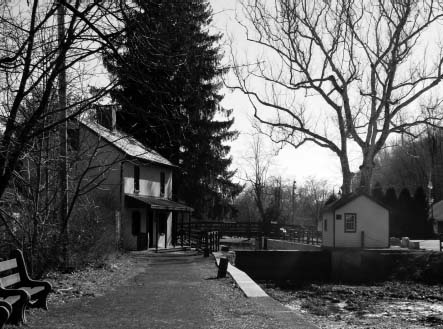
The lock tender's house at Lock 11 in New Hope was completely restored and is now the headquarters of the Friends of the Delaware Canal (FODC).
Author's collection
.
According to Susan Taylor, executive director of FODC:
This master plan created a vision that was able to be implemented. Many of the ideas and projects outlined in the plan have been completed, and we've received a great deal of support from the Pennsylvania Department of Conservation and Natural Resources
.
After receiving donations from individuals and businesses and grants from the Delaware and Lehigh National Heritage Corridor and the Pew Charitable Trusts, the FODC restored the lock tender's house at Lock 11 in New Hope and established its headquarters and interpretation center there. The FODC inspired the creation of a state legislative caucus in hopes of providing continuing and united support. The caucus included State Senator Joe Conti; Dave Heckler as chairperson; six assemblymen; three state senators; Jim Greenwood, who was then a United States congressman; and thenâlieutenant governor Mark Schweiker, who would become the forty-fourth governor of Pennsylvania in 2001. The mission of the caucus was to identify governmental agencies and other organizations that could help the canal, provide advocacy and assist in planning and coordinating activities that would impact the canalâalways with the objective that it would be structurally sound and fully watered and used for programs that would educate and provide recreational activities and environmental protection.
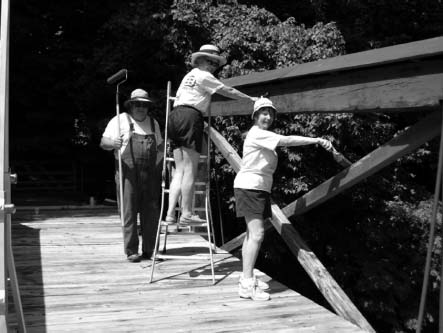
Mick Drustrup, Ginger Budny and Betty Orlemann of the FODC paint one of the camelback bridges. The organization works diligently to advocate for the canal's maintenance and restoration.
Courtesy of the Friends of the Delaware Canal
.
The organization has received numerous awards for its work, including four Take Pride in Pennsylvania Awards and three consecutive Take Pride in America Awards. It also received a grant for signage along the canal and raised $100,000 for a long-arm track excavator during a “Pledge for the Dredge” project to begin the much-needed dredging required to restore the channel.
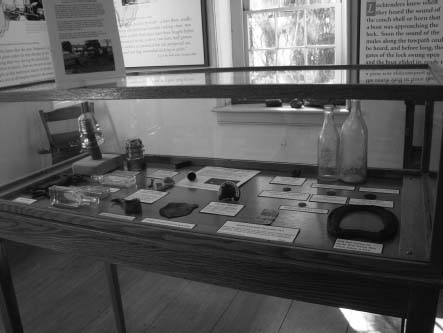
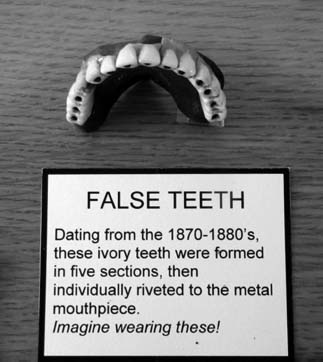
A case in the lock tender's house in New Hope displays artifacts that were found along the banks of the canal during restoration.
Courtesy of the Friends of the Delaware Canal
.
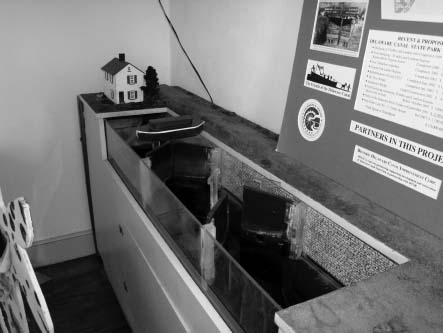
The model of a lock at the FODC headquarters at Lock 11 demonstrates how a lock works.
Courtesy of the Friends of the Delaware Canal
.
When explaining why the FODC is so successful, Susan Taylor said:
When the canal was in commercial use, a community was created around it. The boatmen interacted with the locktenders, who in turn interacted with the local residents. There were stores and businesses that catered to the boatmen. Together they made the canal work. When the Friends of the Delaware Canal was founded, a “community” was again established to assist in the preservation of the canal, with everyone working together and caring about its welfare
.
The FODC continues its work diligentlyâjust as the environment and weather continue to work against it. Flooding still plagues the canal, water leaks from it and the banks continue to collapse. Yet, it survives, and the FODC continues to advocate for it. “We still envision the entire sixty miles restored, but in the short term, we hope that sections of the canal will be repaired enough for people to enjoy it as it should be enjoyed,” said Taylor.
The people who live along its towpath and berm, and the Pennsylvanians and tourists who visit the National Historic Landmark (and National Recreation Trail) each year, cherish the historic waterway. They walk its towpath and never tire of its grace. It offers the beauty of nature in all weather and throughout the seasons, and presents an opportunity to savor creation in its lush flora, wading herons and diving kingfishers. It comes alive when the spring peepers hum their sweet songs, and it safeguards the nests of geese and swans. Deer lower their heads to drink of its waters. And children still run giggling, barefoot, on its velvety towpath.
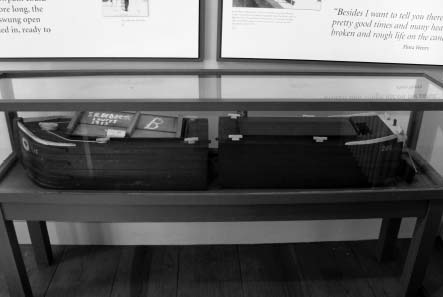
Hinge boats were the most common mode of transportation for anthracite coal and other cargo on the Delaware Division Canal. A model of a hinge boat is on display in the museum at Lock 11.
Courtesy of the Friends of the Delaware Canal
.
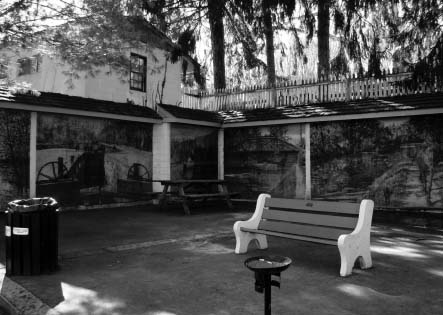
Murals portraying scenes of the canal age adorn the outer walls of a sitting area at Lock 11 in New Hope.
Courtesy of the Friends of the Delaware Canal
.
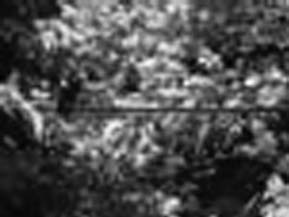
Today, the Delaware Canal serves as a picturesque haven for local residents, tourists, athletes and wildlife.
Author's collection
.
